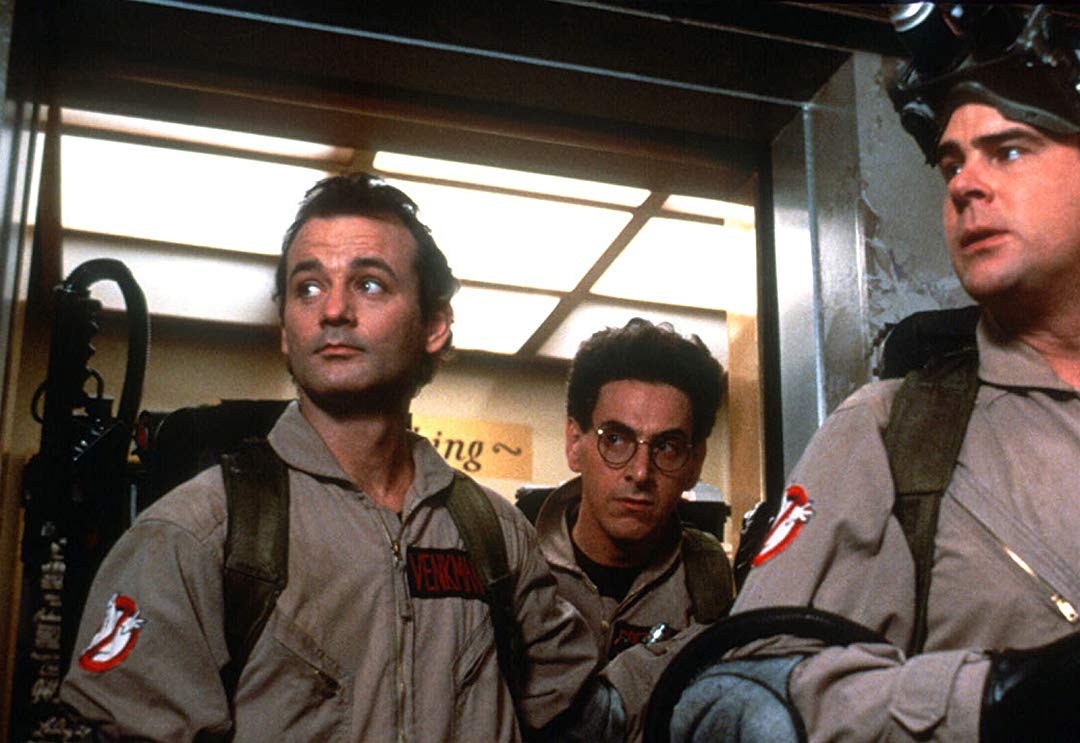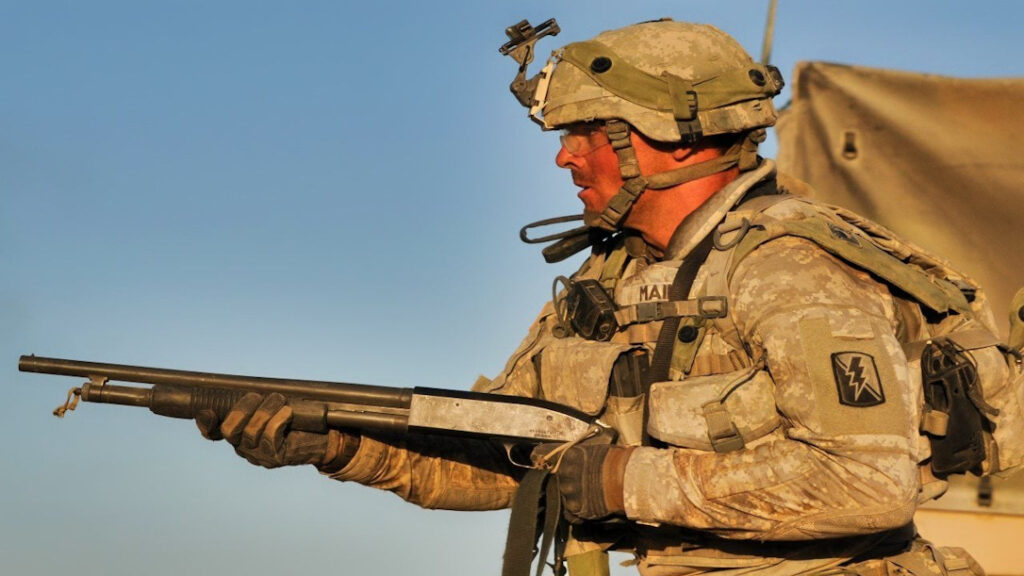[Updated – 3:19p]
President Biden announced rules and procedures for the ATF concerning 80% receivers and receiver definitions. The exact nature of these rules will come out in published format, but the crux of the policy changes and initiatives have been summarised on WhiteHouse.gov
Today, President Biden and Deputy Attorney General Lisa Monaco will deliver remarks in the Rose Garden to announce additional steps the Administration is taking to combat gun crime.
Advertisement — Continue Reading Below
Ensuring that ATF has the leadership it needs to enforce our commonsense gun laws and fight gun crime.
The Bureau of Alcohol, Tobacco, Firearms and Explosives (ATF) is our top federal law enforcement agency responsible for enforcing our commonsense gun laws. Today, the President is nominating Steve Dettelbach to serve as Director of ATF.
Dettelbach is a highly respected former U.S. Attorney and career prosecutor who spent over two decades as a prosecutor at the U.S. Department of Justice. He has received bipartisan praise and support from law enforcement for his work. In 2009, he was unanimously confirmed for his position as U.S. Attorney for the Northern District of Ohio. He has a proven track record of working with federal, state, and local law enforcement to fight violent crime and combat domestic violent extremism and religious violence – including through partnerships with the ATF to prosecute complex cases and take down violent criminal gangs. Dettelbach also worked closely with local law enforcement and community leaders to develop and implement data-driven and neighborhood-based efforts to prevent and fight violent crime. His leadership and his record of innovation in fighting crime and violence make him ready from day one to aggressively and creatively address these pressing issues at the Director of ATF.
Advertisement — Continue Reading Below
I don’t know anything about Dettelback, but he is a long term attorney both public and private sector. He served as the US Attorney for Northern District of Ohio most recently in his public service under the Obama Administration, and privately he is with BakerHostetler.
“Steven Dettelbach is a seasoned litigator and counselor who serves as co-leader of BakerHostetler’s White Collar, Investigations and Securities Enforcement and Litigation team.” -Bakerlaw.com, bio for S. Dettelbach.
In short, so far there isn’t the smoking trail of bodies and bad decisions that David Chipman had. But he did previously work with the Obama Administration where Biden was VP and can likely be expected to follow the policy choices of the administration in lock step.
Advertisement — Continue Reading Below
Gun Ban Time – “Ghost Guns” and Serial Numbers and “Split Receivers”, oh my…
Cracking down on ghost guns – the weapon of choice for many violent criminals
Today, the President and Deputy Attorney General will also announce that the U.S. Department of Justice has issued a final rule to rein in the proliferation of “ghost guns” – unserialized, privately-made firearms that law enforcement are increasingly recovering at crime scenes in cities across the country. Last year alone, there were approximately 20,000 suspected ghost guns reported to ATF as having been recovered by law enforcement in criminal investigations – a ten-fold increase from 2016.[1] Because ghost guns lack the serial numbers marked on other firearms, law enforcement has an exceedingly difficult time tracing a ghost gun found at a crime scene back to an individual purchaser.
This final rule bans the business of manufacturing the most accessible ghost guns, such as unserialized “buy build shoot” kits that individuals can buy online or at a store without a background check and can readily assemble into a working firearm in as little as 30 minutes with equipment they have at home. This rule clarifies that these kits qualify as “firearms” under the Gun Control Act, and that commercial manufacturers of such kits must therefore become licensed and include serial numbers on the kits’ frame or receiver, and commercial sellers of these kits must become federally licensed and run background checks prior to a sale – just like they have to do with other commercially-made firearms.
The final rule will also help turn some ghost guns already in circulation into serialized firearms. Through this rule, the Justice Department is requiring federally licensed dealers and gunsmiths taking any unserialized firearm into inventory to serialize that weapon. For example, if an individual builds a firearm at home and then sells it to a pawn broker or another federally licensed dealer, that dealer must put a serial number on the weapon before selling it to a customer. This requirement will apply regardless of how the firearm was made, meaning it includes ghost guns made from individual parts, kits, or by 3D-printers.
Advertisement — Continue Reading Below
Additional executive action to reduce gun violence
Today’s final rule includes two additional actions to make our communities safer.
First, the final rule ensures that firearms with split receivers are subject to regulations requiring serial numbers and background checks when purchased from a licensed dealer, manufacturer or importer. Decades ago, ATF issued a regulation defining the “frame or receiver” of a firearm as the part that is regulated by the Gun Control Act – meaning that is the part that triggers federal serialization, background check, and other requirements. At that time, many firearms in the United States were single-framed firearms, like revolvers, that house key components in a single structure. However, we have seen the increasing popularity of firearms using split or multi-part receivers that house key components in multiple structures. Some courts have recently interpreted decades-old regulatory text in a way that, if broadly applied, could mean that as many as 90 percent of firearms in the United States today would not have a frame or receiver subject to federal regulation. The final rule updates the regulatory definitions of “frame” and “receiver” to ensure that firearms using split or multi-part receivers continue to be covered by our common-sense gun laws.
Second, the final rule requires federally licensed firearms dealers to retain key records until they shut down their business or licensed activity. At that time, these dealers must transfer the records to ATF, just as they are currently required to do at the end of licensed activity. Previously, these dealers were permitted to destroy most records after 20 years, making it harder for law enforcement to trace firearms found at crime scenes. According to ATF’s National Tracing Center, on average more than 1,300 firearms a year are untraceable because the federally licensed firearms dealer destroyed the relevant records that were more than 20 years old.
Advertisement — Continue Reading Below
So, DIY “Ghost Guns” are being banned. Except they aren’t, because they can’t outright ban them. All this really accomplishes is consumer inconvenience, which is there number one tool for gun control.
Don’t believe me? What do you think a CCW processing fee is for, or making it so you have to complete another background with a fingerprinting fee? It isn’t to combat gun crime or fund the police to combat gun violence, it is to provide a substantial disincentive for consumers who cannot be bothered to complete the “legal” way to own or carry a gun as the state may require.
And that brilliant move is supposed reduce gun crime, through the annoyance of the law abiding.
Advertisement — Continue Reading Below
Pay attention to the wording here, not the numbers. “20,000 suspected ghost guns” reported by law enforcement having been recovered during investigations. What they want you to focus on is the number, 20,000, and not the wording. Reported found during a criminal investigation. They aren’t even claiming the still nebulous, ‘associated with crime’ line but merely “found” during an investigation.
This is not crimes with ‘Ghost Guns’ nor is it crimes that were made more difficult to solve or prosecute because the firearm was a ‘Ghost Gun’ and couldn’t be ‘traced.’ It was the most broad term they could still associate with criminal misuse, ‘found during investigation’.
They are also about to force serialization onto FFL’s in order to make 80% firearms into serialized ones and extend the records requirement of FFLs for their 4473 to indefinitely, all because a purported 1,300 firearms couldn’t be traced because the records were over 20 years old. Not a word on how many criminal prosecutions were actually inhibited because of the destroyed records, just that the trace ended at a destroyed record.
Advertisement — Continue Reading Below
Again and still, I have yet to see someone drag a single example forward of a criminal prosecution failing because there was no serial number on a firearm. I have no evidence that this number, this little alphanumeric cluster on the side of a gun, being there or not is preventing convictions. It might hinder tracing data, but I haven’t seen a single instance where, because that number couldn’t be tied to a murderer or assailant or they couldn’t go to an FFL and see where that person completed a 4473, the prosecution failed their case on that technicality.
“Sorry your honor, we found this gun in the hand of the killer and it ballistically matches, but because we don’t know if it is number 1013 or 1101 so we’re going to have to let him/her go.”
How on earth do we prosecute knife attacks without serial numbers!?
Advertisement — Continue Reading Below
All kidding aside, the new rule is asinine. It’s going to choke lawful commerce (so get your orders in now before they get more annoying) and make FFLs do more crap that isn’t going to matter.
I am sick of Gun Controllers acting like an S/N is some sort of all powerful crime fighting GPS tool instead of, you know, just a number that might or might not be written down on some paper or in a computer somewhere. That’s all it is! I just have to write it down, and if I get a formal trace request I have to say whether I have it or not. Really cutting edge stuff right here.
No word from them on whether they’re going to be upping their follow up rate on felons trying to buy firearms from FFLs. Nope, gotta just get those Casper Blasters ‘under control’ and all crime is solved forever.















